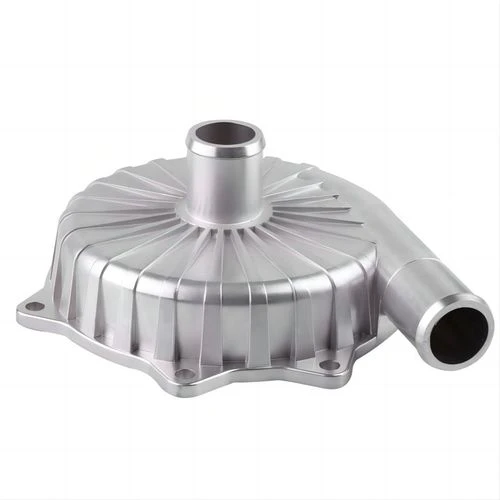continuous casting dies
Continuous Casting Dies A Vital Component in Metal Processing
Continuous casting is one of the most significant advancements in the steel manufacturing process, revolutionizing how metals are produced and shaped. At the heart of this process lies the continuous casting die, a critical component that ensures the efficient and high-quality production of metal products. This article delves into the importance of continuous casting dies, their design, materials, and the innovations that have shaped their evolution.
Continuous casting refers to a method where molten metal is solidified into a semi-finished product, known as a slab, bloom, or billet, directly from the furnace. This technique eliminates the need for traditional ingot casting and subsequent reheating, leading to significant reductions in energy consumption and manufacturing costs. The continuous casting die plays a pivotal role in this process, serving as the mold through which molten metal is poured and allowed to solidify.
The Design of Continuous Casting Dies
The design of continuous casting dies is crucial for optimizing the quality and shape of the finished product. These dies are typically made from high-grade steel and are engineered to withstand extreme temperatures and mechanical stresses. Their geometry must be carefully calculated to control the cooling rate of the molten metal, which directly impacts the microstructure and mechanical properties of the final product.
Advanced computational techniques are often employed during the design phase to simulate fluid flow and heat transfer within the die. This allows engineers to predict potential issues, such as defects and uneven cooling, and make necessary adjustments. A well-designed die not only improves the quality of the casting but also enhances the efficiency of the continuous casting process by minimizing delays and energy waste.
Materials Used in Continuous Casting Dies
The material selection for continuous casting dies is vital due to the harsh environments they operate in. Common materials include high-alloy steels and specialty materials designed to withstand thermal cycles and abrasive conditions. These materials must possess excellent thermal conductivity, wear resistance, and the ability to maintain their structural integrity under high temperatures.
continuous casting dies

Some manufacturing facilities have begun to employ coatings and surface treatments to enhance the performance and longevity of dies. For example, processes such as nitriding or applying ceramic layers can significantly improve wear resistance and reduce the frequency of maintenance. Such innovations highlight the ongoing research and development efforts to enhance the lifespan and effectiveness of casting dies.
Innovations in Continuous Casting Technologies
As technology advances, the continuous casting process continues to improve, bringing new innovations that impact die design and functionality. For example, the adoption of automated and smart systems for monitoring temperature and flow rates has allowed for real-time adjustments during casting. These technologies help in achieving superior product quality and consistency.
Additionally, recent advancements in additive manufacturing (3D printing) have begun to influence die production. The ability to fabricate intricate die geometries that were once considered impossible with traditional methods can lead to better fluid dynamics and heat transfer characteristics. This is particularly important in complex casting operations where precision is paramount.
Furthermore, the focus on sustainability has led to the exploration of new materials and processes that reduce the environmental impact of die manufacturing and the overall continuous casting process. Innovations aimed at recycling materials and reducing waste are becoming increasingly relevant as industries strive for greener practices.
Conclusion
Continuous casting dies are a fundamental aspect of modern metal processing, playing a crucial role in determining the efficiency and quality of the casting process. Their design, material composition, and the ongoing innovations surrounding them are vital in meeting the demands of contemporary manufacturing. As industries continue to evolve, the importance of continuous casting dies will only grow, driving further advancements in metal processing technology and enhancing the quality of the products we use every day. This pivotal component stands as a testament to the sophistication of modern manufacturing techniques, paving the way for a more efficient and sustainable industrial future.
-
OEM Sand Cast Pump Valve Fittings - Baoding Hairun | Precision Engineering, CustomizableNewsJul.30,2025
-
OEM Sand Cast Pump Valve Fittings - Baoding Hairun Machinery And Equipment Trading Co., Ltd.NewsJul.30,2025
-
OEM Sand Cast Pump Valve Fittings - Baoding Hairun Machinery And Equipment Trading Co., Ltd.NewsJul.30,2025
-
OEM Sand Cast Pump Valve Fittings - Baoding Hairun Machinery|Precision Engineering&Fluid ControlNewsJul.30,2025
-
OEM Sand Cast Pump Valve Fittings - Baoding Hairun Machinery And Equipment Trading Co., Ltd.NewsJul.30,2025
-
OEM Sand Cast Pump Valve Fittings-Baoding Hairun Machinery And Equipment Trading Co., Ltd.NewsJul.30,2025















